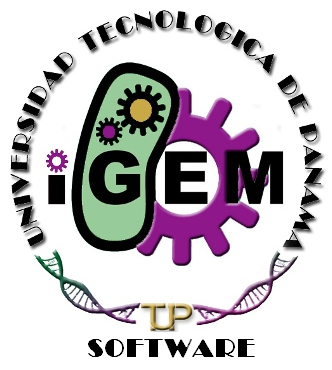Team:UTP-Software
From 2012.igem.org
(Difference between revisions)
(→Project Description) |
(→Project Description) |
||
| Line 4: | Line 4: | ||
''' | ''' | ||
| - | {| style="color:"white";background-color:"black";" cellpadding="3" cellspacing="1" border=" | + | {| style="color:"white";background-color:"black";" cellpadding="3" cellspacing="1" border="0" bordercolor=black width="90%" align="center" |
!align="justify"| | !align="justify"| | ||
Our software team has as a main goal, for both the IGEM community and the synthetic biology, the development of programs that will make things easier for new teams that are willing to do something great, but don’t know where to start. We have been thinking about the main difficulties that new teams have, for example, once a team decides which combination of parts, or DNA composition they will use, they will need a tool, easy to use, to tell them whether or not their project is compatible with the assembly standards that are accepted. And if it’s not, which site-directed mutagenesis could avoid the restriction sites and make it compatible. | Our software team has as a main goal, for both the IGEM community and the synthetic biology, the development of programs that will make things easier for new teams that are willing to do something great, but don’t know where to start. We have been thinking about the main difficulties that new teams have, for example, once a team decides which combination of parts, or DNA composition they will use, they will need a tool, easy to use, to tell them whether or not their project is compatible with the assembly standards that are accepted. And if it’s not, which site-directed mutagenesis could avoid the restriction sites and make it compatible. | ||
Revision as of 05:52, 25 September 2012
|
|
Project Description
|
 "
"
